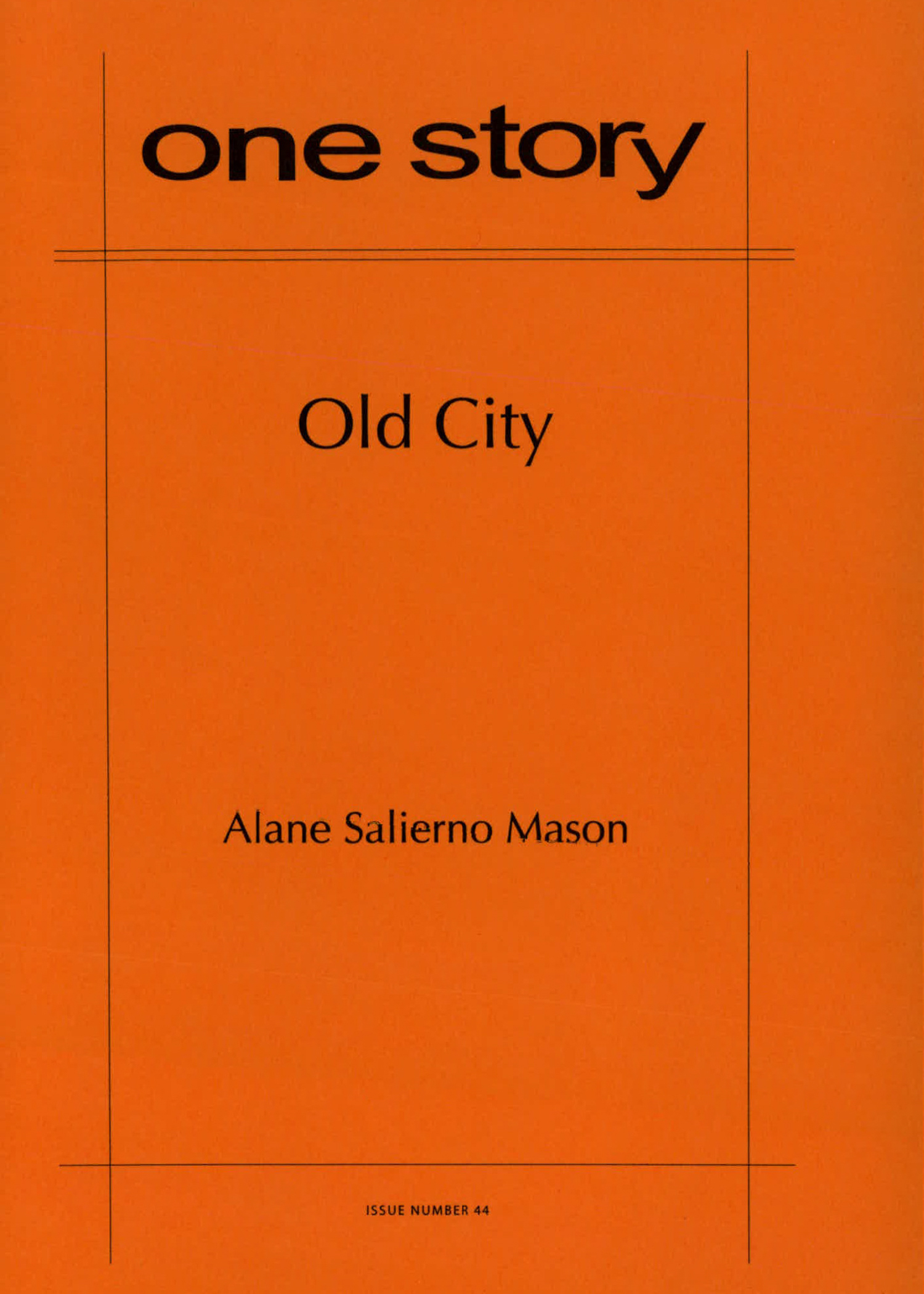
Old City
$2.50
50 in stock
Excerpt
In our city, the old city is still as it was. The smooth paving stones still invite your feet to slip, and your bicycle tires still catch in the grooves made by old donkey-pulled carts. The narrow stalls and shops in the market, the fresh pistachio nuts with their seductive green eyes, the piles of fabrics, tin kettles, dippers, coffee pots, beads of oiled olive wood, all these as always. Of our eight religions, each claims its own turf, but the dividing lines are indistinct. Four are singing religions, four are silent. The different groups of singers sing at different times of day except at daybreak and dusk, when they all sing together, each trying to drown out the others over loudspeakers.
Alane Salierno Mason
Alane Salierno Mason is a senior editor at W.W. Norton & Company and founding editor of the online magazine for international literature, Words without Borders. She has published nonfiction essays in various publications and anthologies, and is the translator of the New Directions Classic edition of Elio Vittorini’s Conversations in Sicily.
Q&A by Hannah Tinti
- HT: Where did the idea for this story come from?
- AS: I visited Jerusalem in 1993, Amman, Jordan in 1995, and Istanbul in 1997. The story emerged from the impression those places made on me.
- HT: What was the most challenging aspect of writing this story?
- AS: The challenging part was not really in writing the story, but in living it—that is, in navigating the internal, psychological conflict between the “old city” and the new, between traditional obligations and personal freedom.
- HT: Were the singing and the silent religions in the story influenced at all by current events in the Middle East?
- AS: The story was written in the late 1990s and was certainly influenced by the rising tide of fundamentalism at that time, in expected places like Jerusalem but also in secular states like Turkey and, of course, America.
- HT: Why is architecture so important in “Old City”
- AS: One is always aware of architecture when visiting foreign places and I was interested in how architecture in a place like Amman, Jordan, represented the country’s past and attitudes towards its past. Jordan is a young country and the territory it covers doesn’t have a deep past when it comes to cities—almost all the building is new. Yet even there—and much more so in Istanbul—there seemed to be a recent interest in historical preservation, whether for the sake of tourism, or a new aesthetic having something to do with the craving for authentic roots in a shape-shifting modern world, or merely a fashion imported by designers who’d traveled or studied in the West. As much as I love the preservationist aesthetic, I also recognize that there’s something artificial about it—ruin and decay and building over the old are much more in the natural order of things. My favorite buildings, as one might guess from the story, are syncretic—in which the new is added without destroying the old, as in so many of the churches in Sicily.
- HT: This story seems to draw a line between architecture and literature. Was this intentional?
- AS: Certainly not intentional, but probably in my own life I associate architecture with family tradition (my own family like the narrator’s was full of builders) and literature with individuality (since it’s something I’ve pursued out of my own inclination with no family precedents). Also, my tastes in architecture are probably much more conservative than my tastes in literature!
- HT: Were you influenced by Italo Calvino when writing this? Or Jorge Luis Borges?
- AS: I have read only a little of each, not enough to claim influence. My biggest influence was a contemporary writer I’ve worked with as an editor and hugely admire, Eric Darton, author of the novel “Free City.” The title of “Old City” was a playful and serious homage to “Free City”.
- HT: How do you balance being a writer and an editor?
- AS: Not very well. I don’t write much—I don’t really consider myself a writer in the way that I consider myself an editor. But as with “balancing” anything one cares about—one always hopes for a formula, and there isn’t one, so you muddle along.
- HT: How long did it take you to complete this story?
- AS: A first draft—not long at all. Maybe a couple of weekends. Then I worked on it off and on over the next 6 years.
- HT: What is the best bit of advice about writing you have ever received?
- AS: Probably the one I least follow: that the most important writing talent is the one for putting the butt in the desk chair.
- HT: What are you working on now?
- AS: Some great Norton books. Then, on the side: fundraising and other development for the online magazine for international literature, Words without Borders; a couple of book reviews for the Baltimore Sun (just reviewed Orhan Pamuk’s new book and am about to tackle Jose Saramago’s); revisions on a few other pieces that have been in gestation almost as long as “Old City.”
